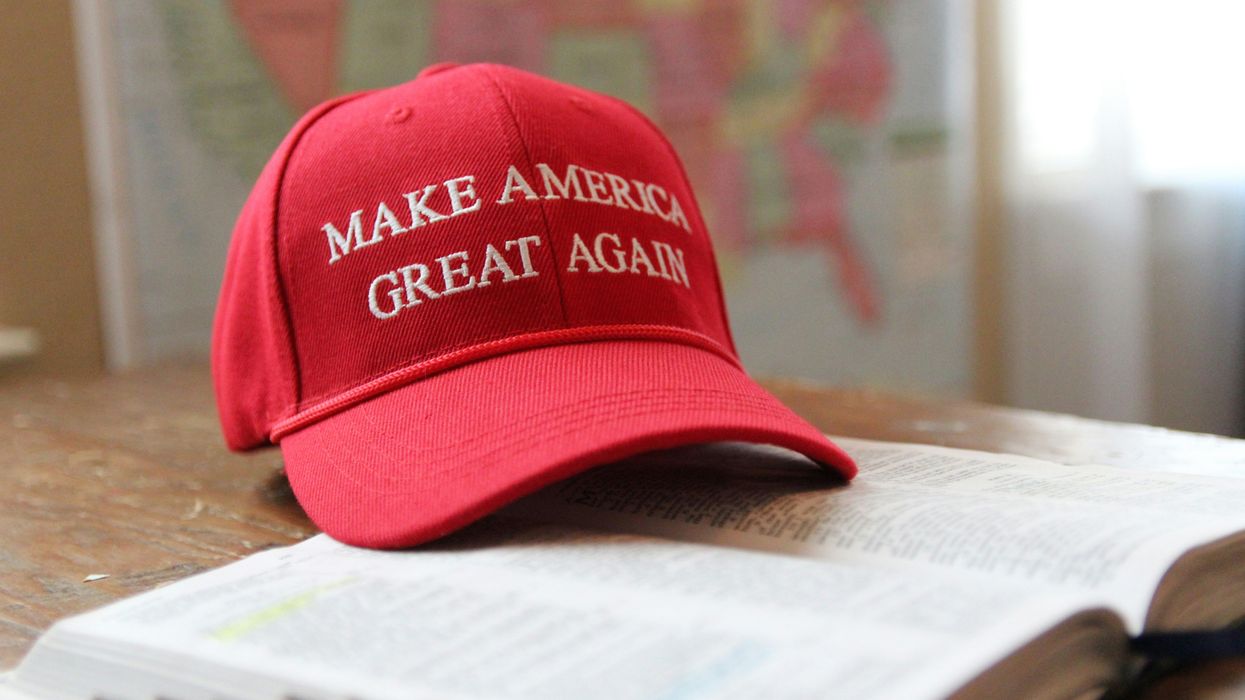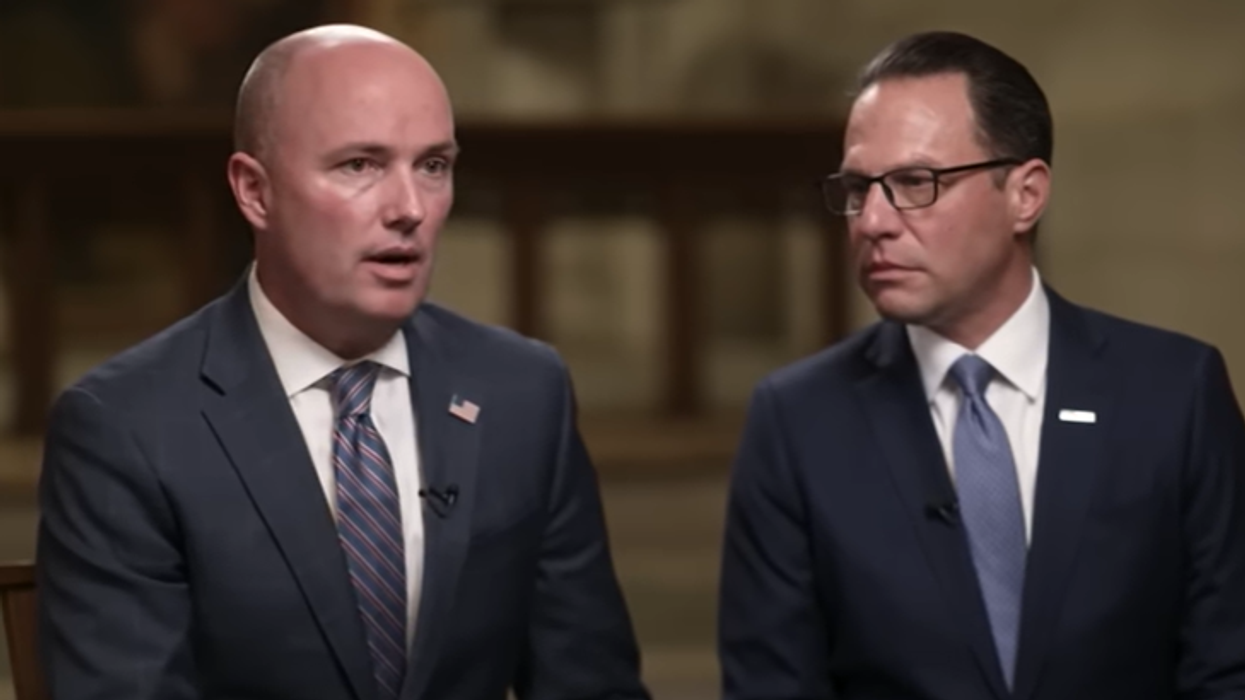Recently, while listening to a podcast, I came across the term “reprise” in the context of music and theater. A reprise is a repeated element in a performance—a song or scene returning to reinforce themes or emotions introduced earlier. In a play or film, a familiar melody might reappear, reminding the audience of a previous moment and deepening its significance.
That idea got me thinking about how reprise might apply to the events shaping our lives today. It’s easy to believe that the times we are living through are entirely unprecedented—that the chaos and uncertainty we experience are unlike anything before. Yet, reflecting on the nature of a reprise, I began to reconsider. Perhaps history does not simply move forward in a straight line; rather, it cycles back, echoing familiar themes in new forms.
While we often see today’s events as singular and unique, maybe they are simply another reprise—altered in detail, but woven from patterns that have appeared before. History has a way of repeating itself, sometimes with different actors and circumstances, yet with recognizable themes that persist across generations.
In many ways, old ideas resurface in new contexts, reaffirming the familiar saying: “The more things change, the more they stay the same.”
Looking at America today, I wonder if the MAGA political movement is a reprise of a past era. If history rhymes, what lessons can we draw from previous cycles to better understand the present moment?
The world we live in today feels vastly different—artificial intelligence reshapes industries, social media amplifies voices like never before, and the political shifts of the MAGA era have dramatically altered the national conversation. It’s easy to feel swept up in the rapid pace of change, as if events are spiraling in unpredictable ways.
Yet, despite these transformations, some fundamental patterns, behaviors, and structures persist over time. Beneath the evolution of technology and politics, deeper historical rhythms continue to play out. History often echoes itself, repeating cycles with new actors and altered circumstances, but familiar themes nonetheless, oftentimes with fresh nuances.
Here are a few enduring patterns that have shaped—and continue to shape—our world:
- Economic Cycles: Boom-and-bust patterns have defined economies for centuries—periods of rapid growth followed by downturns. The Roaring Twenties led into the Great Depression, the dot-com bubble of the late 1990s preceded the early 2000s recession, and today, just four months into Trump’s second term, the S&P 500 experienced an 18.75% drop, marking one of the sharpest drawdowns in history, only to fully recover two months later.
- Social Movements & Civil Rights Struggles: The fight for equality has resurfaced in different forms, from abolitionism and women’s suffrage to the civil rights and LGBTQ+ movements. As the second Trump term begins, civil rights battles have reignited, with the administration rolling back diversity initiatives and closing federal offices focused on civil rights enforcement, erasing protections for transgender and binary individuals in federal regulations, and halting civil rights cases at the Department of Education.
- Political Revolutions & Power Struggles: Governments follow familiar cycles—reform, upheaval, and authoritarian resurgence. The French Revolution set the stage for future revolutions, just as American political shifts follow historical rhythms: Eisenhower’s eight-year Republican presidency preceded Kennedy and Johnson’s Democratic leadership, just as George H.W. Bush’s term was followed by Bill Clinton’s Democratic administration. If history holds, political tides will continue to shift in the years ahead.
- Technological Disruption: Innovation always transforms society, yet concerns remain constant—fears of job loss, ethical dilemmas, and resistance to new technology. From the printing press to industrialization, from computers to AI, each revolution sparks uncertainty alongside progress.
- Generational Rebellion: Each generation challenges the norms set by those before them. The counterculture of the 1960s, punk rock of the 1980s, and Gen Z’s climate activism all reflect a cycle of youth-driven change. What issues will impassion the younger generation of today to rebel as past generations have repeatedly done?
- War & Conflict: Religious tensions have fueled wars for centuries—the Crusades (1096–1291) saw battles between Christians and Muslims over the Holy Land, while the Thirty Years' War (1618–1648) devastated Europe as Protestant and Catholic states clashed. Today, history repeats itself: the Israel-Hamas war, the India-Pakistan conflict, and Myanmar’s Rohingya crisis each carry strong religious components.
These cycles underscore a deeper truth—while the world feels new, the patterns of history persist, shaping the present in ways we often fail to recognize.
Understanding history as a reprise—a recurring theme rather than a sequence of isolated events—can offer valuable perspective. The next time someone insists, “But this time it's different,” a phrase often heard in moments of national and global stress, it may be worth reflecting on history’s patterns. What seems entirely new often carries echoes of the past.
This perspective is especially relevant today, as concerns over democracy under the Trump administration intensify. While the situation may feel unprecedented, it shares similarities with past democratic challenges—whether in the McCarthy era, the Watergate scandal, or the Civil Rights movement—where political turmoil, executive overreach, and societal divisions tested institutions.
That said, today’s tensions have distinct characteristics, shaped by polarization, erosion of democratic norms, and deep political divisions. Yet parallels exist. In the 1970s, President Nixon waged war on the press, barring reporters and attempting to suppress the Pentagon Papers. He pressured the Justice Department, manipulated the judicial system, and orchestrated election interference—culminating in the Watergate scandal. His administration’s tactics, much like today’s concerns, underscored a broader pattern of political leaders seeking to consolidate power.
Recognizing these recurring dynamics does not diminish the uniqueness of today’s challenges—particularly in the realm of technology, where innovation is accelerating at an unprecedented rate. However, taking a step back allows us to see beyond the surface of change. Social movements, technological advances, and geopolitical shifts often follow deeper currents of human behavior—from generational rebellion to economic cycles to evolving political ideologies.
Perhaps the idea of reprise can offer perspective amid uncertainty. A historical lens reminds us that while society transforms, familiar struggles, cultural themes, and ideological debates tend to resurface in new forms. Change is inevitable, yet the foundations of human nature, societal structures, and historical cycles remain surprisingly consistent.
A thoughtful mind should ask, "Is it different this time?"—but also consider, "Is this time just another version of last time?" The specifics may evolve, but the underlying forces of ambition, fear, power, and greed often reappear in familiar patterns.
So, while history does not repeat perfectly, it is indeed a reprise—and understanding these nuances can offer both solace and caution as we navigate the present.
David Nevins is co-publisher of The Fulcrum and co-founder and board chairman of the Bridge Alliance Education Fund.



















